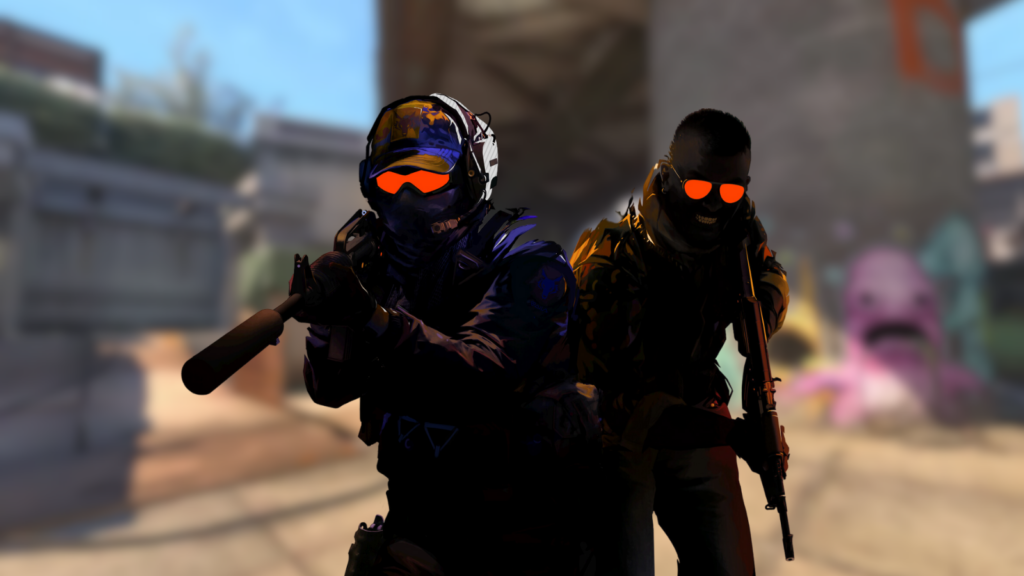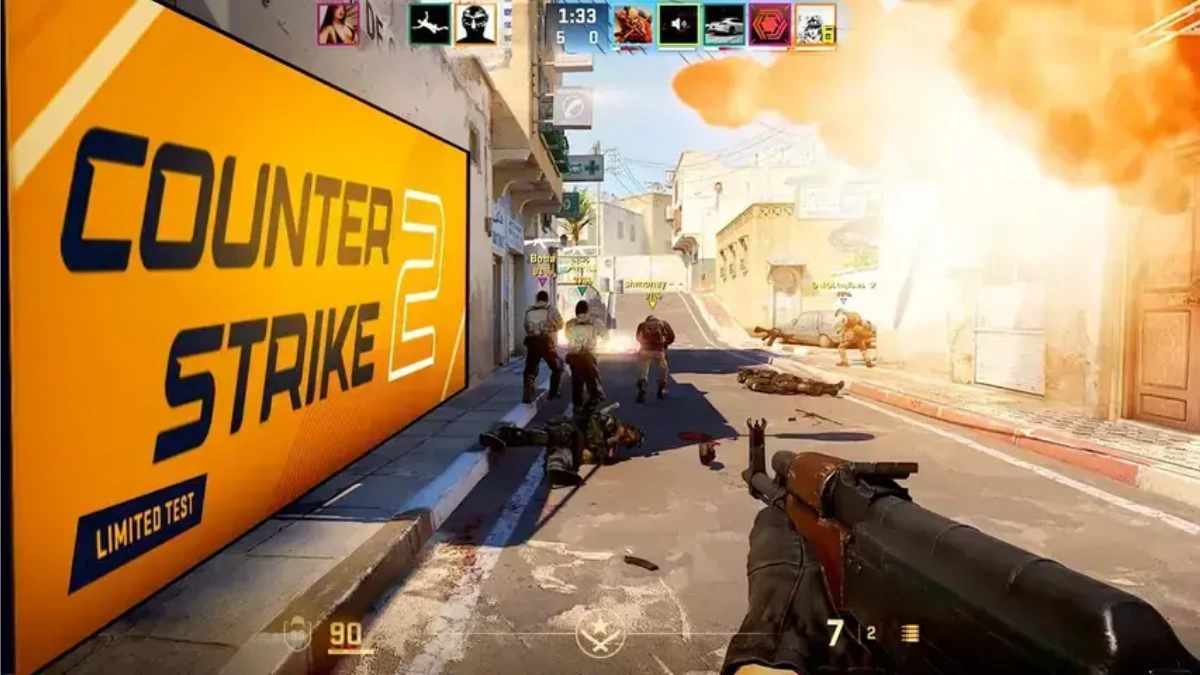Want to crush your enemies in Counter‑Strike 2? You’ll need more than just good aim. Having the best CS2 settings for competitive play can give you the edge in every round. This guide breaks down the top video, audio, mouse, and network settings that pro players use. It’s written in simple English and is easy to follow—even if you’re new to tweaking game options.
Summary: Optimize CS2 to Win More Matches
If you want smoother gameplay, better aim, and faster reaction time, it all starts with your settings. We explain how to boost FPS, improve visibility, reduce input lag, and hear enemy footsteps clearly. These optimized CS2 settings are based on pro player configs and updated for 2025.
Why Competitive Settings Matter in CS2

Better Visibility Means Better Aim
Custom settings help you see enemies faster and track them better.
High FPS = Faster Reactions
More frames per second reduce stutters and make the game feel smoother.
Clearer Audio for Enemy Cues
Hear every footstep, reload, or bomb plant clearly—even from across the map.
Precision Input with Low Latency
Tuned mouse and input settings allow you to land headshots faster and more accurately.
Video Settings for Competitive Performance
Fullscreen Is a Must
Always play in fullscreen mode to reduce input lag. Borderless and windowed can slow things down.
Resolution and Aspect Ratio
Most pros use 1920×1080 or 1280×960 (4:3 stretched). Lower resolutions can increase FPS.
Refresh Rate and FPS Cap
Set your refresh rate to match your monitor. If you have 144Hz or 240Hz, use it. Cap your FPS slightly above your refresh rate to avoid screen tearing.
Boost Player Contrast
Turn this setting ON to make enemies stand out more from the background. It helps spot enemies faster, especially in dark corners.
Shadow Settings
Keep shadows on medium or high. They help you see enemy movements, especially behind walls or through open doors.
Anti-Aliasing and Filtering
Set anti-aliasing to 4x MSAA and anisotropic filtering to 8x or 16x. This balances visual quality and performance.
Texture and Shader Detail
Set texture quality to low or medium for performance. Keep shader and effect detail on low unless your GPU can handle more.
Also Read Best Valorant Agents for Beginners in 2025: Top 10 Picks to Dominate Early
Mouse and Sensitivity Settings
Best Mouse DPI and Sensitivity
Use a DPI between 400 and 800. Most pro players use around 400 DPI with in-game sensitivity between 1.5 and 3.0.
Disable Mouse Acceleration
Turn off mouse acceleration to keep your aim consistent. Enable Raw Input to bypass Windows settings and get true 1:1 movement.
Zoom Sensitivity
Set zoom sensitivity to 0.8–1.0 for better control with scoped weapons like the AWP.
Audio Settings for Competitive CS2
Use Stereo, Not Surround
Use stereo sound for accurate directional audio. Surround sound can confuse footstep directions.
Enable HRTF (Head-Related Transfer Function)
This helps with spatial awareness by simulating 3D sound. Great for pinpointing footsteps or reloads.
Lower Music Volume
Set music to low or mute it completely. It can distract you from important sounds like footsteps or defuses.
Footstep Clarity
Use crisp EQ settings and reduce reverb. This ensures footsteps and movement are sharp and clear.
Network and Connection Settings
Limit Matchmaking Ping
Set a ping limit of 80–100ms to avoid laggy servers. Stick to servers close to your location for the best connection.
Use a Wired Connection
Wi-Fi can cause packet loss and spikes. Use Ethernet for stable performance.
Network Settings in Config
Use these settings for lower lag:
- cl_interp 0
- cl_interp_ratio 1
- rate 786432
These reduce lag compensation and give more responsive feedback.
Launch Options for Better CS2 Performance
Use these launch commands in Steam:
diffCopyEdit-novid -console -tickrate 128 +fps_max 0 -high -nojoy +cl_forcepreload 1
These settings remove the intro video, prioritize CS2 on your CPU, and ensure the game runs at full tickrate in offline modes.
Monitor and PC Settings
Use a High Refresh Rate Monitor
For serious play, use a monitor with at least 144Hz. Many pros now use 240Hz or 360Hz monitors for ultra-smooth visuals.
Update Graphics Drivers
Always install the latest GPU drivers. It helps fix bugs and improves FPS in games like CS2.
Set Power Plan to High Performance
In Windows, go to Power Options and select High Performance to give CS2 full CPU access.
Pro Player Settings for Inspiration
Here are settings from top CS2 pros in 2025:
- s1mple: 400 DPI, 3.09 sens, 1280×960 resolution, 240Hz monitor
- NiKo: 400 DPI, 1.35 sens, 4:3 stretched resolution, low effects
- ZywOo: 800 DPI, 2.0 sens, medium shadows, crisp audio EQ
Copying pros is a great starting point, but always fine-tune for your style.
How to Test and Adjust
Use Aim Trainers or Bots
Play on practice maps like Aim Botz or training servers to test sensitivity and response.
Change One Setting at a Time
Adjust small things and see how they affect your aim, FPS, and visuals.
Use Benchmark Tools
Use built-in FPS counters or third-party tools like CapFrameX to track performance changes.
FAQs: CS2 Competitive Settings
Q: What’s the best sensitivity for CS2?
A: Start with 400 DPI and 2.0 in-game sens. Adjust slowly until it feels natural.
Q: Should I use 4:3 or 16:9 resolution?
A: 4:3 stretched gives larger player models. 16:9 offers better field of view. Choose based on comfort and your system’s power.
Q: Is HRTF worth enabling?
A: Yes. It helps with directional audio, especially for footsteps and gunfire.
Q: Do launch options actually help?
A: Yes. They remove lag sources and prioritize game performance on your system.
Final Thoughts: Settings Matter If You Want to Win
The best CS2 settings for competitive play can make the difference between winning and losing. FPS, input lag, and audio clarity all play huge roles in your performance. Use this guide to tweak your setup for peak results. Play smarter, not harder.
Stay consistent, update your settings with each patch, and soon you’ll climb the ranks faster than ever.










